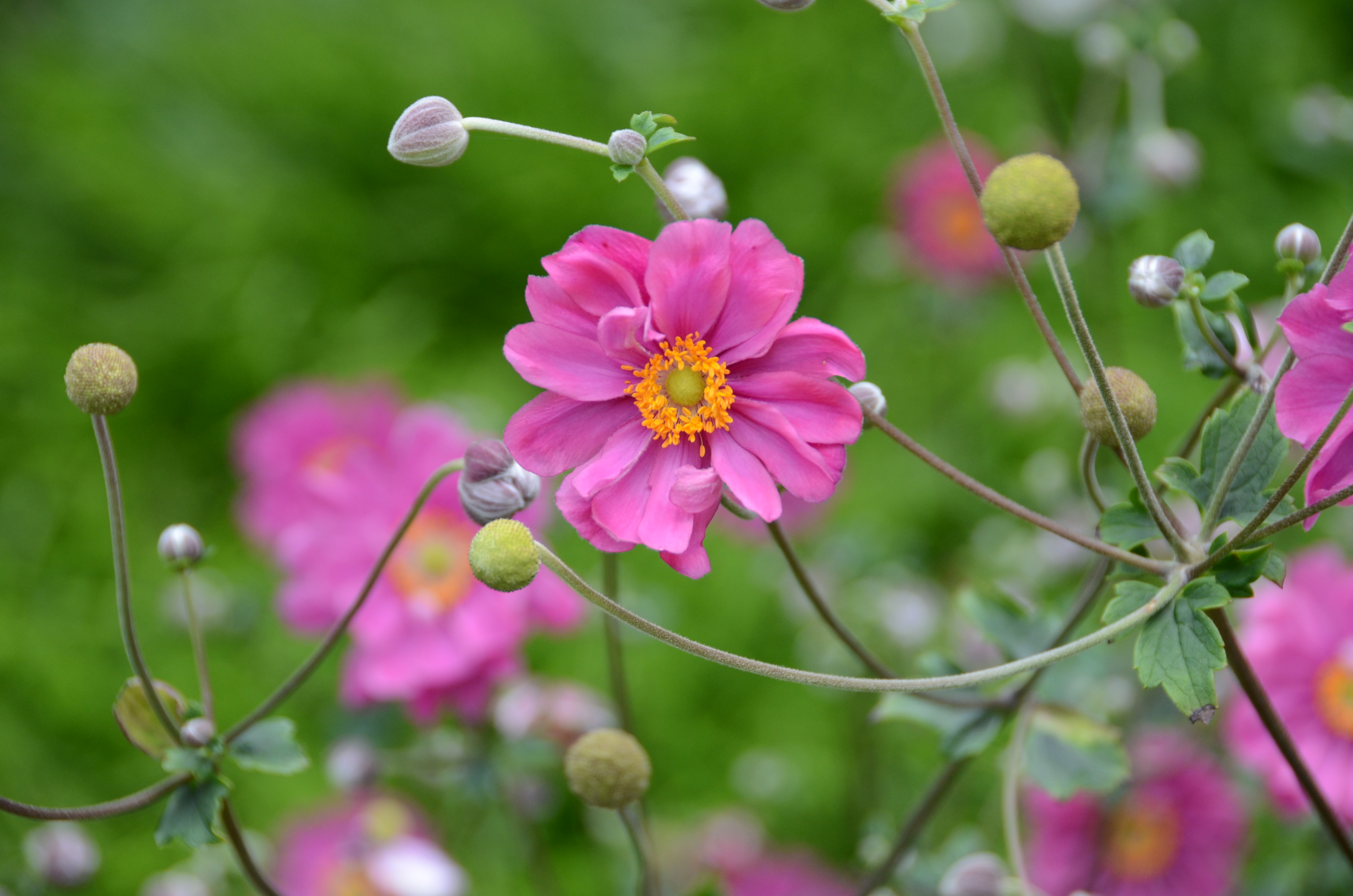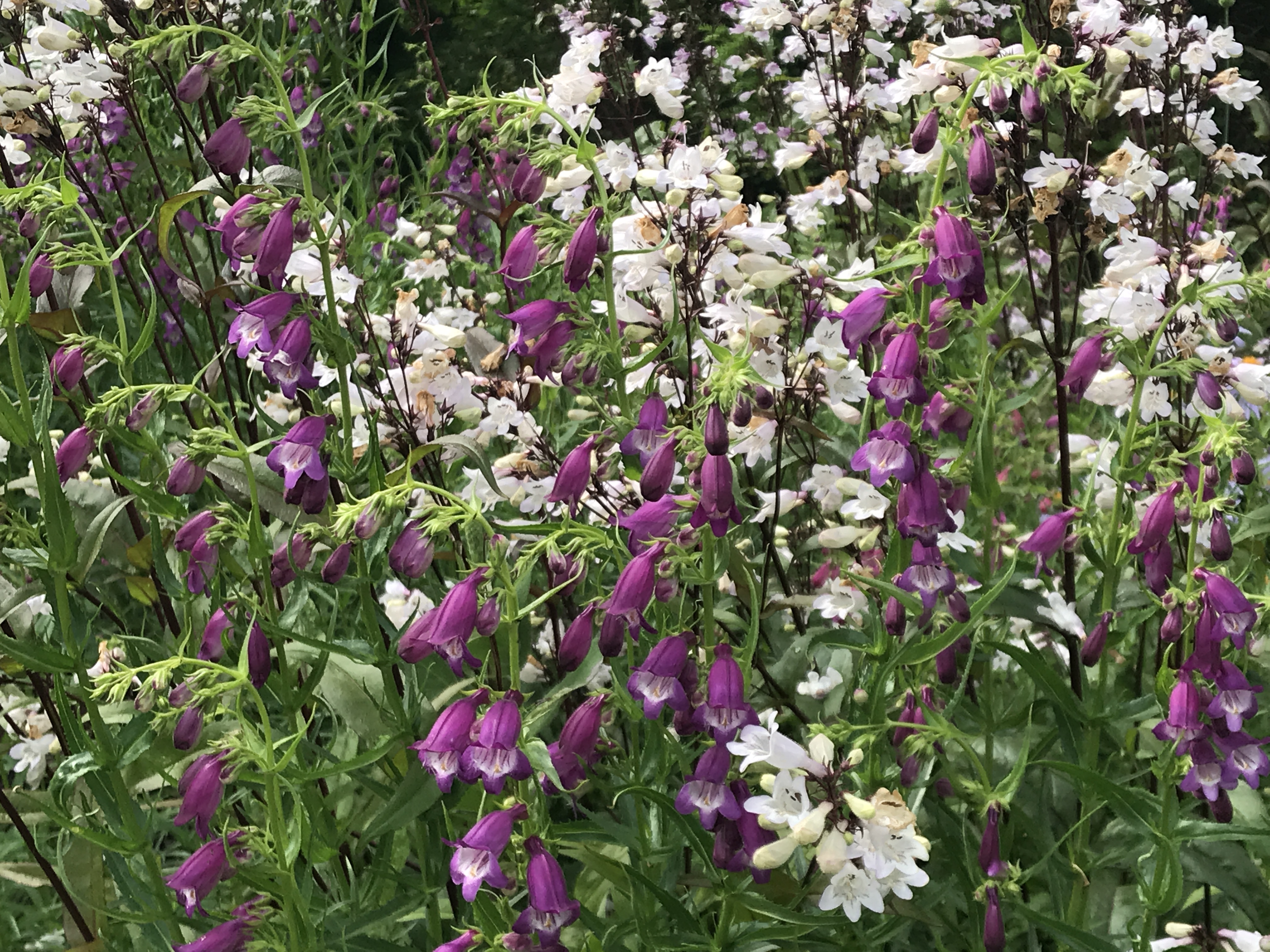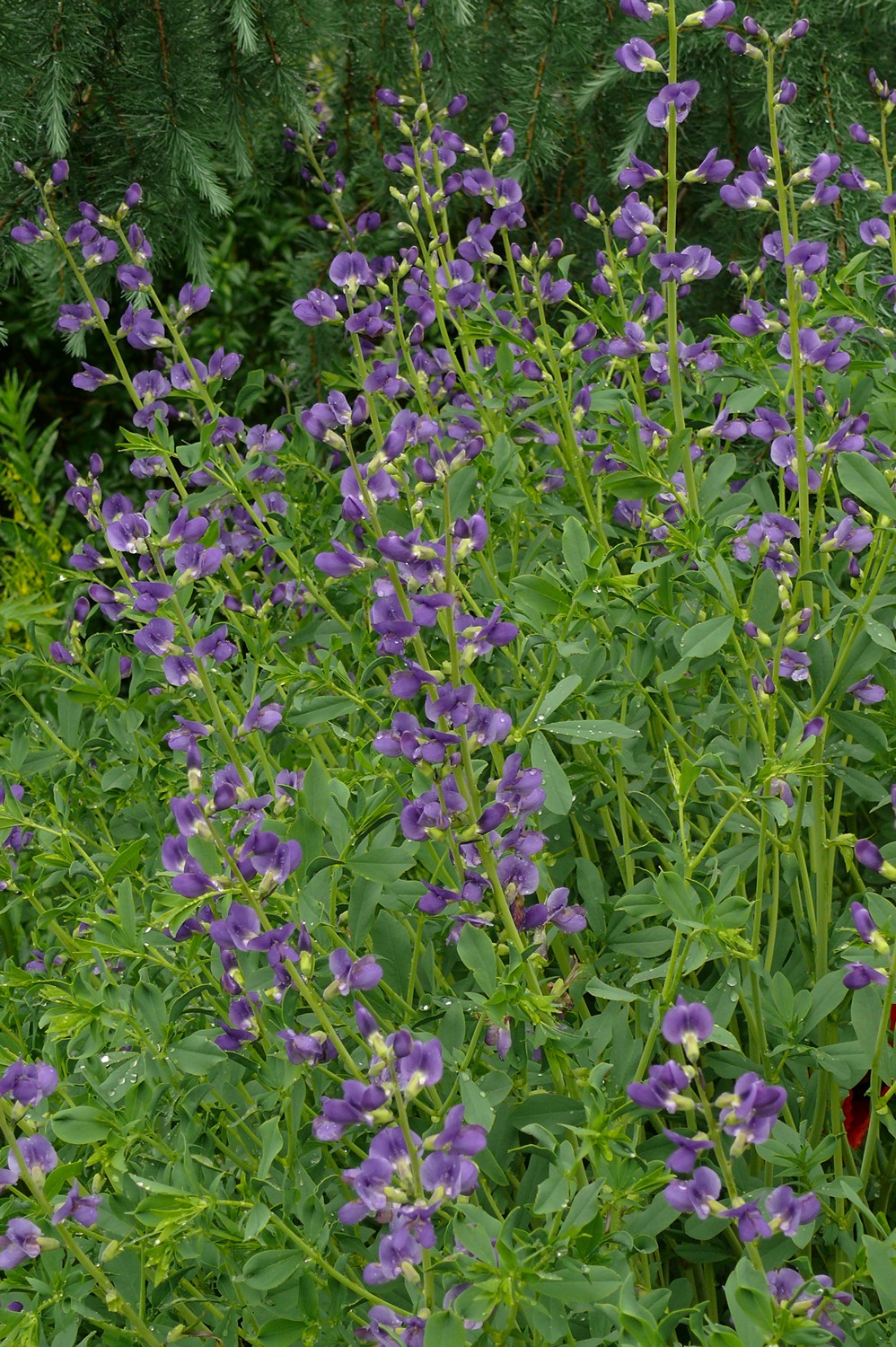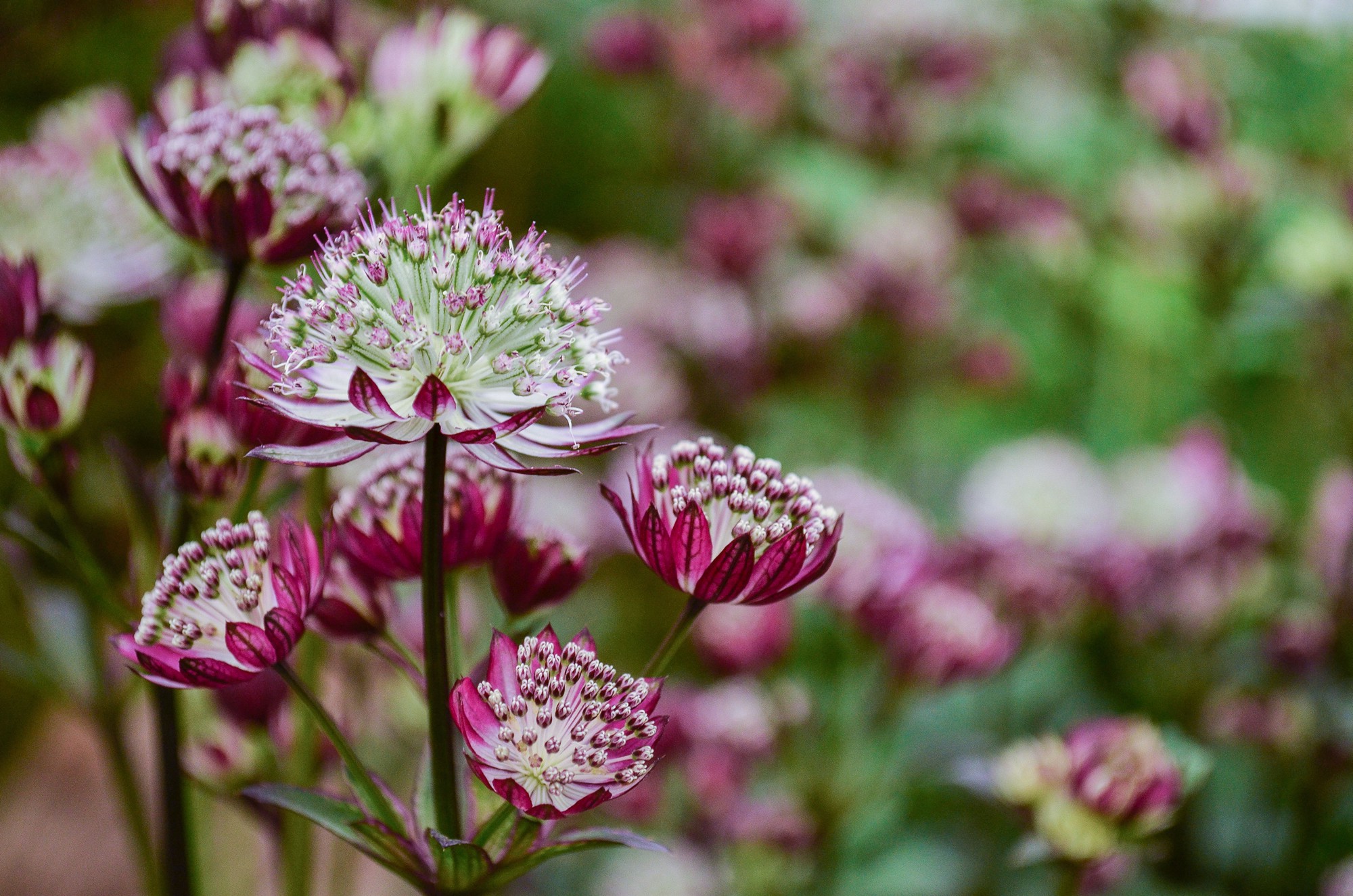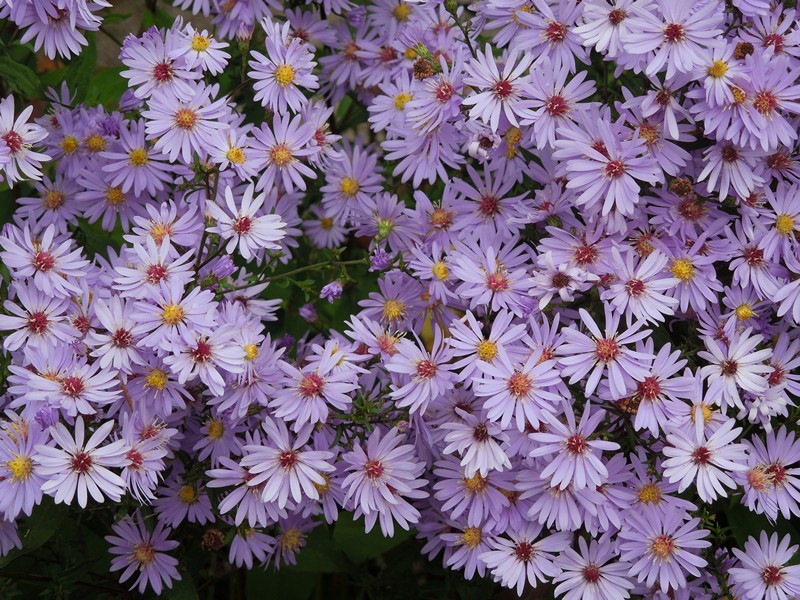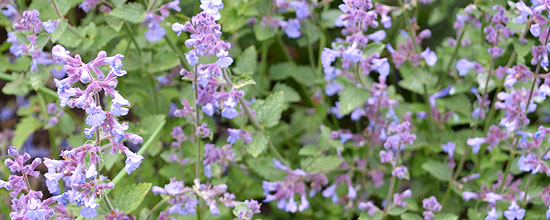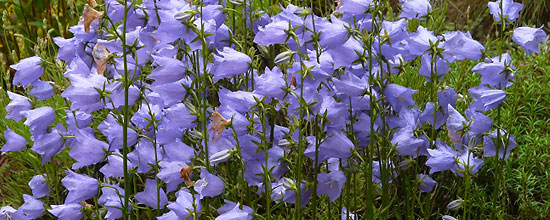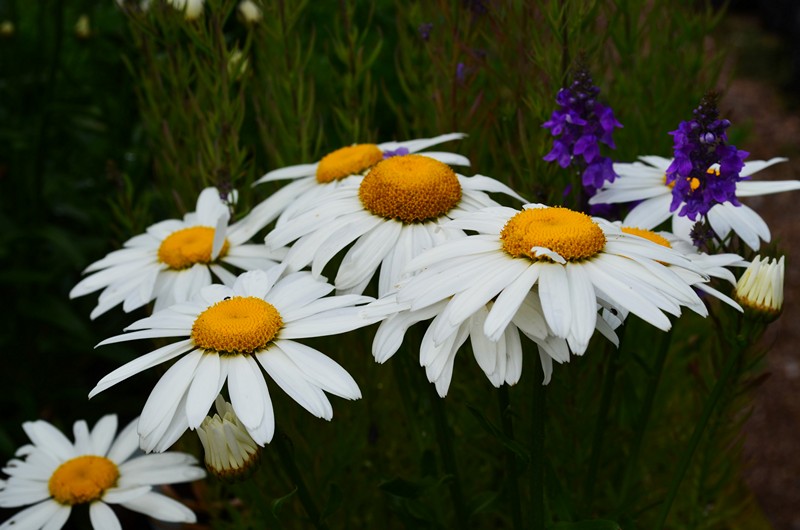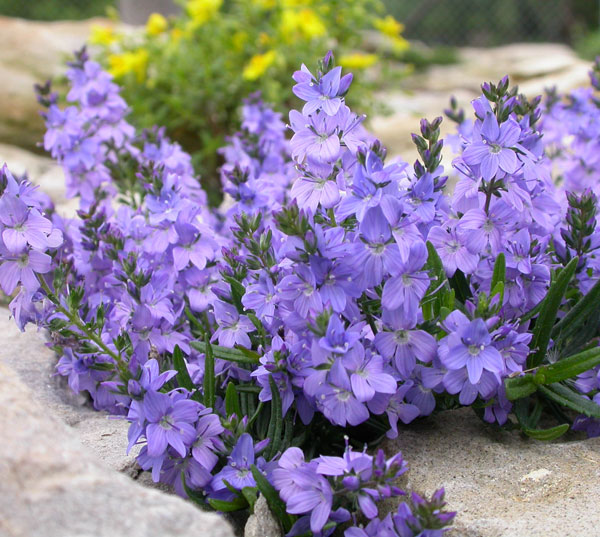Co je to trend?
Trend is a fashion trend, direction, establishing a development of something going. Trends are observable, but difficult to measure. Their next course can usually only be estimated, but only partially affected. Trend Research deals observation and forecasting trends in the behavior or for products. The bearer of a new trend is called. Trendsetter. Trends are ovlivňovatelné advertising and Trendsetter and have a decisive influence on consumer behavior of consumers or favoring some fashion pointers in social and leisure time. Megatrend is particularly in-depth and long-term change causing trend, in social or technological changes.
(free translation from www.wikipedia.com)
What effect have trends in our branch ?
Research trends are hardly looks, If perennials are general societal trend. However, the results of these studies may suggest, what is or is just becoming a trend, fashion, and from that draw conclusions, What style will be favored by customers tomorrow and those of their (often subconscious) needs or expectations to be prepared, whether the choice of structures or colors, or selecting new species of plants into production.
They Peren / perennial trend?
According to my view in recent years compared to the past decade in different countries at different levels and kinds of orders clearly observe the trend of using perennials. What direction this trend will issue it depends on us, If we feel in any way bound perennials and will actively promote their use, it arises from the need “megatrend”?
What are the trends in the use of Peren contemporary compositions?
- Perennial mixture for public (and other) green - trend in Germany (www.stauden.de),the result of research work of various professional institutions. Arose mainly from the need for alternatives to costly letničkám, the need for more diversity, attractiveness and color in urban greenery,but also as a tool that facilitates challenging and'háklivé' design with perennials and aftercare (resp. the way care is part of the concept).
Range of products in the mixture is always based on the same so. stanovištního circuit (dle Prof. Siebers). The concept of different perennials, rather according to the way environmental strategy to expand (Grime 1979), and their functions in the mixture. The principle of the mixture is admitted dynamics, and one of the goals of the overall aesthetic appearance of the area throughout the year and not the longevity of each species and even individuals.
- Perennial plantings in historical context - reconstruction, regeneration, etc.. returning again to edit. Knowledge originally used taxa, availability, perseverance, detailed arrangements plantings, or suitable alternatives is a precious know-how.
- Close to nature or similar composition (definition?) - Sharp boundary between using either domestic or cultivated species becomes permeable. Which on one hand means caution, whether with an unknown potential invasiveness or a high degree of sensitivity to the situation. But it also opens up a huge range of possibilities, combinations, surprise. And surely topics for discussion.
- the aspect composition (e.g. Heiner Luz BUGA Muenchen 06). The aim is to create specific expressive aesthetic aspects during the year. The concept of planting a mixture of individuals, the percentage ratio. The advantage of the large effects, action unit soon after planting, efficiency when planting. Also, elimination of non-performance of the composition in case of failure of some species. But what is needed anyway great knowledge and build a new range for every situation.
- Private foliage -ENTERTAINMENT. Interest on interest, unusual, sometimes showy plants become more important again. Demands but also allows companies to market products in general are still rising and will not stop even before our profession.
- Private foliage - (new) collectors, lovers. The solvency of the company is shifting the center of gravity and interests, investment area, and leisure time.
- Private foliage - perennial packages . Thematic, sometimes even cash on delivery (vernal, fragrant, etc.)
- Private foliage - romance.
- Entitlement to product quality -servis, information, consulting, quality material – vitality, multiplication, origin, bio, etc.. it is surely reflected in the claims of customers of our work and products.
The owners and the owner of the cottages on their holidays, visiting the cottage garden. Where to find today in the unusual time of planting peonies, English rose or tulip bulbs Rembrandt?
Use of long-lived Peren in contemporary compositions?
In all the above mentioned attempt to formulate possible trends are long-lived perennials undoubtedly justified. The concept'dlouhověkost' with perennials is not easily definable, kvantifikovatelný, and for sure repeatable. The question is always - what and in what timeframe is the goal of the project or plan.
What affects longevity Peren?
Longevity (measured objective of the project or plan) It is certainly largely genetic givenness. Then appears the large variability, depending on a number of factors. Some are good for law professionals (station, the concept of necessity as the composition and procedures with care), some can be optimized (quality material, suitable range of products), But we have some (weather, neplánovatelné changes, higher power) like it or not (dynamics, successfully, 'přistěhovalci') have an impact.
How to define the longevity Peren?
Perena is by definition multi, hibernating plant. Perennial flowering plants more than once in a lifetime. And further? As this property statistically evaluated and averaged? Hopefully it will focus on the basis of project goals, or customer mix. The aim is to e.g.. preservation of the occurrence of the species on the desktop, can so many. short-lived and the strategic group R, were called. Pendler be very successful for years.
Absolute prerequisite, however, is the appropriate kind of care. Then you - not only within the knowledge of concepts perennial blends- we can (at least in theory) wonder: Not the greatest variability in relation to the assessment of whether this or that Perena or not long-lived - the man?
The average age of the population increases in recent decades thanks to improving conditions and care, But as it is with plants? We extend our so. perenám really care their life? Or hurts us heart gardening, For example, if in the name of the dynamics we must intervene? Preference will be given effect structures dead Peren in winter or as food for insects, or perform the cut after flowering for another purpose?
They are knowledgeable about the longevity of perennials in practice today usable?
But let's ask the question of, for what purpose are we this knowledge in practice today not necessary? We are planning the development of the next x years, or is the trend of instant garden type “call today, Tomorrow have involved planting”? It can work with perennials and time ranges, such as the trees? There are nursery selling “grown Peren”?
It requires or expects the market today and these customers from an expert?
I think, maybe not targeted, or literally. It belongs not to the total or deeper and broader expertise work with plant material whatsoever. And for an informed work with perennials in many intentions knowledge of this property certainly in this or that context we apply. Assortment of perennials, however, is huge…
Peren which are therefore “long-lived”?
Finding systematic reporting information taxa of perennials according to this criterion is not a simple matter. This does not preclude the existence and look forward to each new information, also I confess, that long-term stay abroad, I miss the really robust and current overview of the status of the information and publications on this topic in the Czech Republic, or hereby apologize, If it remained still some important work secret… Long-term practical experience gardeners longevity perennials are unfortunately rarely translated into written and practical form that these precious experiences communicated in a systematic form the next generations. These precious people (irrespective of their nationality or decades) most of their time devoted to plants rather than paper. The more valuable is this clash…Karl Foerster, Mien Ruys, Camillo Schneider, Piet Oudolf and other big names, in their incredibly
valuable parts of this criterion is rarely systematically states. In the publication, unfortunately stripped from K. Foerstera survivors garden tables, current only and only (within the meaning without any text or graphics) the overview of the range according to various criteria can be found, for example, “beautiful poisonous” whose “Kabinet rarit” but even here we are looking for a list of long-lived perennials in vain. Prof. Stahl in his voluminous literature Die Stem Stauden mentions in several rows on the types, already over 60 There are years in the collection garden…
Year, research reports comparing assortments for example, German research organizations can regularly hears from a magazine, for example Gartenpraxis, but we are always comparing the current range of several selected species and within a time period, which again can not cover criterion of longevity and that is not a direct objective evaluation. Even these publications require many years of monitoring subscription, create a file cabinet or similar. But the range is constantly evolving, Every year comes to market hundreds of new varieties, then another - unfortunately - fall into oblivion. Not to mention the inconsistency nomenclature sometimes even within the same country, and portability of data to different climatic and habitat conditions etc..
Own experience “long-life”?
It's hard to talk about the longevity of perennials from their own experience, in terms of their own long-term observation or even systematic evaluation plantings. Even in such research projects. the development of perennial mixture type Silbersommer was one of the research goals of longevity, but the entire system (or planting) rather than individual species or individuals (see above). Species selection was always conducted with several destinations, Of course, starting from the information available, but mainly as the result of teamwork, based on experience and expert agreement.
Unfortunately, this theme is the focus of research programs in many countries, these are then roughly to the duration of a few years, which of course absolutely not long-term systematic observation and evaluation of this criterion. The only valuable but rare are the exchange of information from partners in the project, Most reports on urban green cities, who even after the conclusion of the research project official communication test area continued to keep in cities, a topic they are interested in your observations and colleagues, on request.
Good then, Venture into the ground. Here and now. Check for specific locations and in them occurring species. Consider the current real situation and not quote from the wise of foreign books or catalogs. But where? Everywhere around us. In the wild, in abandoned gardens, in cemeteries, u cottages, everywhere it is unable to care too much time, where there are beds for generations, where there is no owner or strength, often at any care and after years, where there are no finance (nor interest, Fortunately for us) generous about buying the latest fashions in Gartencentru. Sure, accurate determination of the species or even varieties can not for sure, and at the time and terrain guarantee. But only to encounter this mystery passionately defending quadruped, but intuitively we uncover unexpected or accidentally caused by a combination of species, colors and textures, neglected species, málo používání chi pozapomenuté. A long-lived? rather tough, patiently, unpretentious, but undisturbed and therefore “relentless”.
P.S. I was able to abstain in advance of searches on the Internet or publications. All the greater was the joy when subsequently compared, for example, specifically on the topic of a recent book by Dr. Fritz Koehlein (2005) : Durable Gardens by durable perennials (Durable translated gardens thanks dlouhožijícím trvalkám).
“Vytrvalky” in the garden of his grandfather (Kokorin), min. 25 years without any care:
ferns
grasses
Hedera helix
Vinca minor
BEARD
Aquliegia vulgaris
Asarum europaeum
Aster sp.
Bergenia cordifolia
Centaurea montana
Cerastium tomentosum
Cerastium biebersteinii
Geranium magnificent
Hemerocallis fulva
Hosta sp.
Iris germanica
Iris pseudoacorus
Lamium galeobdolon
Lysimachia punctata
Sedum spectabile
Sedum
Sedum kamtschaticum
Paeonia officinalis
Sempervivum
Myosotis sp.
Pulmonaria angustifolia
Tanacetum parthenium
Tulipa sp.
Galanthus plnokv.
Muscari armeniacum
Chionodoxa luciliae
Convallaria majalis
Hyacinthoides non scripta
“Vytrvalky” the other in the surrounding gardens and cemeteries:
Rudbeckia sp.
Helenium sp.
Helianthus sp.
Ajuga reptans
Althea rosea
Armeria maritima
Asparagus officinalis
Aubrieta
Dahlia
Dianthus gratianopolitanus
Echinacea purpurea
Helleborus niger
Lupinus polyphyllus
Polygonatum multiflorum
Phlox paniculata
Physalis alkekengi
Papaver orientale
Phlox paniculata
Phlox subulata
Saponaria officinalis
Saxifraga sp.
Yucca filamentosa
“Vytrvalky” others in the surrounding countryside:
ferns
grasses
Convallaria majalis
Anemone nemorosa
Hepatica nobilis
Viola odorata
Nymphaea alba
Nymphoides peltata
Thymus serpyllum
Endurance Peren garden architecture, 12.10. 2007, www.vukoz.cz





